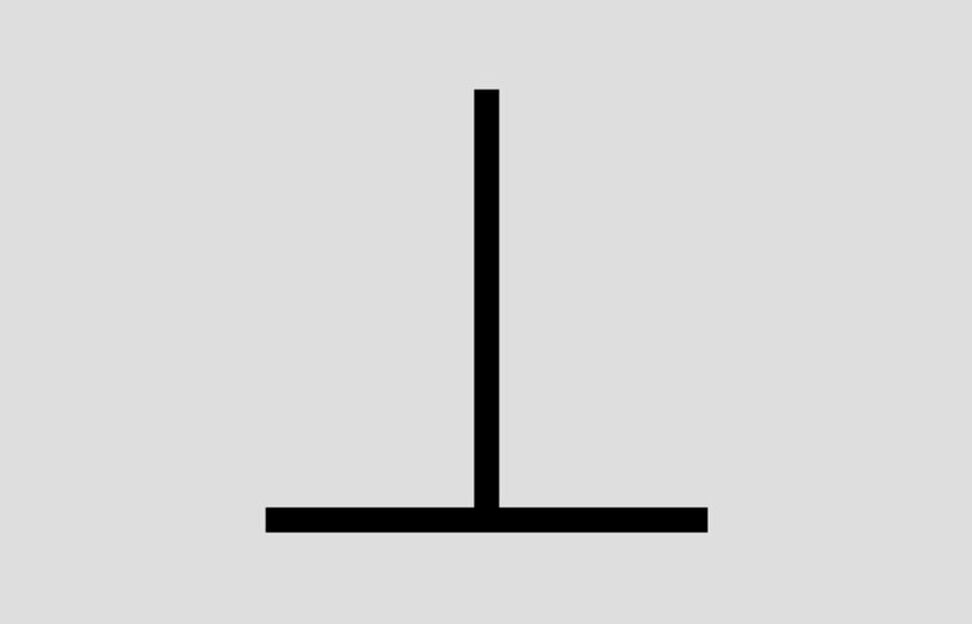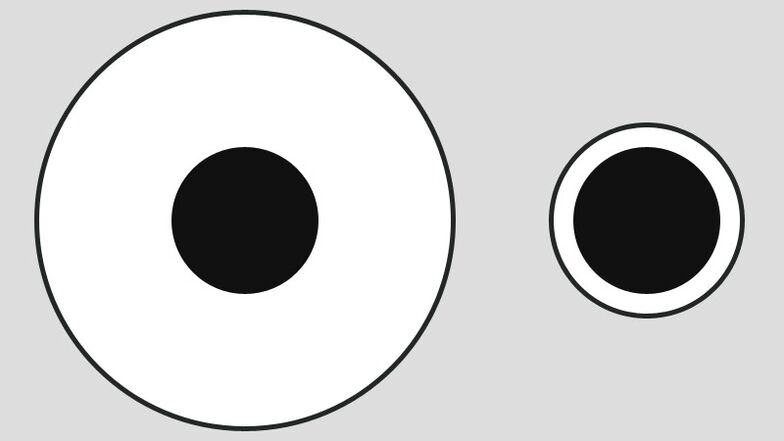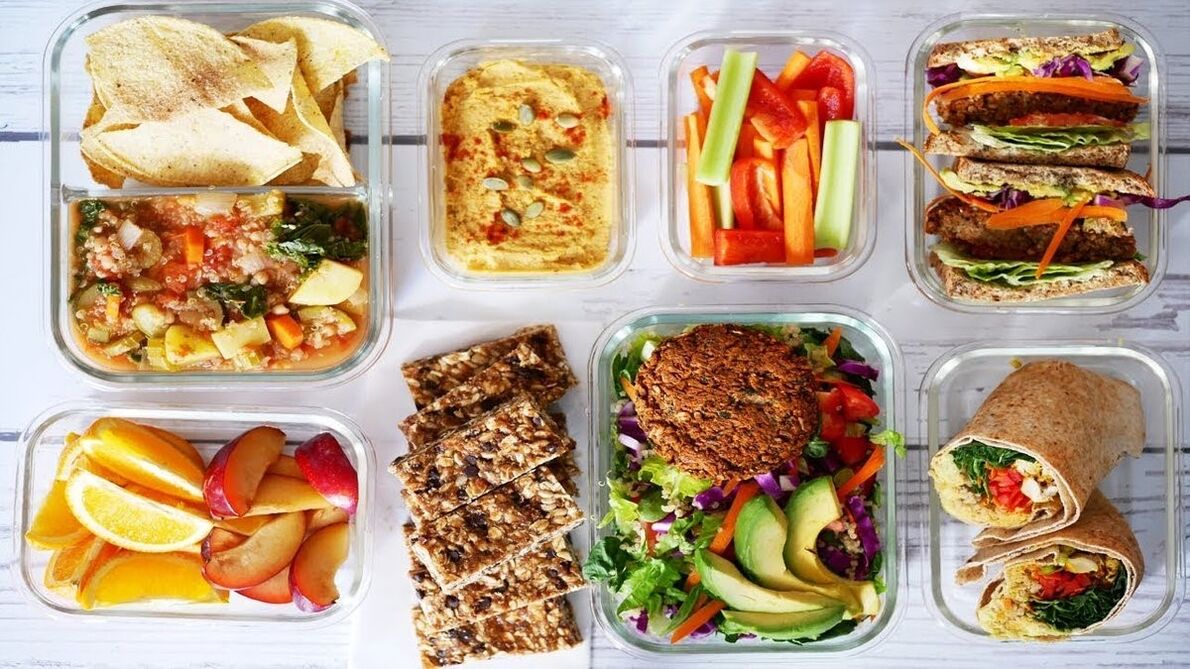
Proper nutrition for weight loss is not about strict restrictions, fasting and rejection of your favorite food. First of all, it’s self-care, food selectivity and what makes you feel great and improve your quality of life.
The "all or nothing" principle doesn't work in this case. You don't have to try everything in one day and change it all at once - this usually leads to failures and as a result overeating. It's best to make small changes intermittently. This will help you achieve more results in the long run. As soon as your small changes become a habit, add more healthy rules.
The most important thing to remember is that the pursuit of health is a lifelong journey. You need to enjoy, not stress.
Why eat healthy food?
In addition to helping you maintain a healthy weight, a healthy diet that includes fruits, vegetables, whole grains, dairy products, and protein has other important benefits.
Malnutrition is the most common cause of immune deficiency worldwide. Scientists associate the occurrence of many chronic diseases with improper diet. For example, 38, 5 thousand men and 67 thousand women participated in one study. Observations over 8 to 12 years have shown that fast food contributes to the deterioration of biomarkers and can also cause heart disease, high blood pressure (high blood pressure), type 2 diabetes, osteoporosis, and some cancers.
Evidence shows that 30–35% of cancer deaths can be explained by diet, 25–30% by smoking, 15–20% by infection, and the remaining percentage by other factors such as radiation, stress, and physical insufficiency. activity, environmental pollution, etc.
Malnutrition affects not only physical but also mental health. According to the Mental Hygiene Foundation, two-thirds of people who consume fresh fruits and vegetables daily have no mental problems.
Thus, the link between good nutrition and a healthy body weight, reducing the risk of chronic diseases, and general health is too important to be ignored.
How long does it take to develop eating habits?
Everyone today is looking for a quick solution to losing weight, and it takes time to change habits that facilitate and last for a long time. This has also been confirmed by recent studies.
For a long time, it was thought that 21-28 days would be enough for a stable habit to appear. This statement is primarily related to the work of a doctor named Maxwell Maltz. He was a plastic surgeon in the 1950s and noticed that it took his patients at least 21 days to learn to look comfortably in the mirror after surgery. He also noticed that people who had their legs or arms amputated take the same amount of time to lose the phantom limb feeling.
As a result, he developed this idea in his book Psychocybernetics, which was published in 1960. After that, many doctors, public figures and coaches came up with the idea. Over the years, the word "minimum" has disappeared, and the 21-day period has become virtually a "scientific" law.
What are the new studies talking about?
Philip Lally is a researcher in health psychology at University College London. In an article in the European Journal of Social Psychology, Lally and her team of analysts articulated to find out how long it actually takes to develop a habit.
The study involved 96 people. Each chose a new habit for 12 weeks and reported each day whether they were being followed or not.
Some people have adopted simple rules, such as "drink a bottle of water at lunchtime. "Others chose challenging tasks such as running 15 minutes before lunch. After 12 weeks, the researchers analyzed the data to determine how long it took for each person to transition from the onset of the new behavior to automatic execution.
It lasted on average more than 2 months, or rather 66 days. But the time it takes to form a new habit can vary greatly depending on behavior, person, and circumstances. Overall, the study took 18-254 days in humans.
How do we start eating right and what habits can help with the weight loss process?
1. Be low on calories
The main idea is as old as the world -you need to spend more calories than you consume. . .
A negative calorie balance forces the body to use the accumulated reserves to provide the body with the energy it needs. This energy comes mainly from the body’s carbohydrate and fat stores.
During the weight loss phase, the daily caloric deficit should be between 300 and 500 kcal.
In addition, it is important to monitor BJU indicators (proteins, fats and carbohydrates).
2. Reduce the amount of fat in your diet
According to the WHO (World Health Organization), preference should be given to unsaturated fats (found in fish, avocados, nuts, etc. ), as well as reduced fats (fatty meats, butter, palm, coconut oil, etc. ) and industrial trans fats, whichfound in fried, smoked, fried foods, ready meals, pies, chips, biscuits, etc.
During a weight loss diet, fats should not exceed 30% of all foods consumed, less than 10% of which should be saturated and no more than 1% of trans fats.
It is not necessary to completely give up fat in the diet. They are needed to supply the body with polyunsaturated fatty acids, namely linoleic acid and alpha-linolenic acids. They are not produced by the body and are found mainly in vegetable oils and fish.
3. Make enough protein
Protein is the most important building block of the body and covers about 40% of the total energy needs.
If you are trying to lose weight, a protein-rich diet can make you feel full for a long time by affecting the hunger hormone ghrelin. Protein also offsets muscle loss during a diet. The higher the muscle mass, the more energy is used and the higher the calorie requirement.
The biological value of animal proteins is higher than that of plant proteins. However, they usually also contain extra fat and cholesterol, so consumption should be moderate.
Research shows that a high-protein breakfast can reduce appetite and calorie intake throughout the day.
4. Avoid simple carbohydrates
The total carbohydrates in the diet should be about 30%. They are usually simple and complex. Processing the latter takes more time and produces less insulin, which helps you get full and avoid overeating.
Simple carbohydrate foods include sugars, white flour baked goods, jams, soft drinks, juices and more. For simple carbohydrates, it is better to choose the first half of the day, when blood sugar levels are low after sleep, glycogen stores are depleted and the body needs to restore energy.
For foods high in carbohydrates, whole grains are ideal because in addition to their high content of minerals and fiber, they also saturate the body and promote digestion.
You can use it as a guideHarvard Healthy Eating Pyramid. . .
5. If you don’t know, but you really want to
As you know, "the forbidden fruit is sweet. "The more you forbid yourself to do something, the more you want. And the guilt that overcomes if you give in to temptation gives up some people and gives up what you started.
Therefore, the first step may not be to reject the harmful product altogether, but to reduce the size of the portions and the frequency of consumption. Over time, you will experience less craving for these foods.
6. Avoid fat drinks
Avoid soda and juices.According to one study, these drinks have low, if any, nutrient content, and excessive consumption has led to a 20% weight gain among Americans between 1977 and 2007.
A 0. 5 liter cola bottle contains 240 calories and 65 grams of sugar. It has been shown that people who drink mostly water consume on average 200 calories less per day than those who drink other beverages.
Drink water before meals. One study found that drinking water half an hour before a meal can reduce appetite in just 3 months and increase weight loss by 44%.
If you’re not ready to give up unhealthy drinks right away, use a simple trick that can fool your brain.
Take a look at the picture below. Which line is larger: horizontal or vertical?

In fact, both lines are the same length, but our brains overestimate the vertical lines. In other words, passing this knowledge on to the subject under study, the taller glasses and mugs for us are larger and larger than the wheels and wide.
Thus, you can drink about 20% less from a tall and thin glass than from a small and wide glass without being dissatisfied.
7. Remove the alcohol
It is recommended to give up alcohol when switching to a proper diet. Why is this necessary?
- Alcohol increases appetite by acting on neurons and also increases the likelihood of breakdown, unhealthy food choices, and overeating.
- It negatively affects digestion, alters gastric acid secretion and motility, leading to metabolic disorders.
- Alcohol causes water to linger in the body, which is why many people find swelling and extra pounds on the scales in the morning.
- Alcohol consumption can impair the body’s ability to recover from exercise, thereby reducing its ability to burn excess calories during exercise.
- Alcohol consumption leads to shorter and lower quality sleep, which significantly affects hunger and forces people to switch from carbohydrates to fat intake. Research shows that every 30 minutes of sleep deprivation means 83 extra calories during the day.
But it is worth clarifying that low-alcohol drinks in moderate doses do not cause significant harm to the body. 100 ml dry red wine 80 kcal, 100 ml beer 45 kcal. For comparison, in vodka - 230 kcal / 100 g. Therefore, you can drink a glass of dry wine or a glass of beer once a week without compromising weight loss.
8. Eat 5 servings of fruits and vegetables
Fruits and vegetables provide the body with fiber, minerals, vitamins and phytochemicals. They play a number of important functions in the body and are essential for healthy metabolic processes.
It is recommended to eat at least two servings of fruit and three servings of vegetables per day (one serving is about 150 g). It is worth considering that over-consumption of fruits is not recommended because they contain a lot of fructose, unlike low-calorie and nutritious vegetables.
9. Pay attention to the speed of food intake
The speed of eating affects the size of the portion as well as the likelihood of weight gain. Our brains and intestines are in constant communication, so if your brain is distracted while eating, you may not get a sign that you are hungry or full.
Keep in mind that it takes an average of about 20 minutes to get the information, so a slower meal can prevent you from overeating.
In addition, a slow meal involves more thorough chewing, which also helps maintain weight. Studies comparing different eating speeds show that those who eat fast are 115% more likely to be obese than those who eat slowly.

10. Redefine the way you cook
The way you prepare food has a direct impact on your health.
Grilling, smoking, frying, frying is one of the popular methods of making meat and fish. However, using such methods, a number of potentially toxic compounds (polycyclic and heterocyclic) are formed in foods that are associated with various chronic diseases, including cancer and heart disease.
Healthier methods include frying, steaming, steaming, and so on. They do not contribute to the formation of these harmful compounds and thus make your food healthier.
11. Eat from small plates
It has been shown that the size of pots can affect how much you eat. People put on average 30% more servings in large plates than for regular meals.
The same amount of food on a large and small plate is perceived differently by the brain, this is called the Delbeuf illusion.

I agree, it looks like the left part is pretty small. Bet you want a replacement. At the same time, the part filled to the edge of the right plate is more perceptible, and accordingly there is a feeling that it will be more satisfying.
12. Cut back the spices and flavor enhancers
Salt, condiments, in-store sauces and ketchup should be consumed to a minimum. Many of them contain sugar, colorants, preservatives, flavor enhancers and stabilizers. They negatively affect the function of the gastrointestinal tract.
The WHO recommends consuming no more than 5 grams of iodized salt per day (about 1 teaspoon). WHO member states have set a goal to reduce global consumption by 30% by 2025, which should help prevent high blood pressure and reduce the risk of heart disease and stroke among adults.
13. Control your emotional eating.
Our relationship with food is closely related to emotional health. We don’t always take food to satisfy our hunger. Many people turn to food to relieve stress or cope with unpleasant emotions such as anxiety, sadness, loneliness, or boredom. But learning healthier methods can make it easier to regain control. Serotonin levels play a key role here.
It is a neurotransmitter that helps regulate sleep and appetite, manage mood, and suppress pain. Since about 95% of serotonin is produced in the gastrointestinal tract and the gastrointestinal tract is lined with hundreds of millions of neurons, it makes sense that the internal functioning of the digestive system not only promotes food digestion but also the emotional state.
14. Choose healthy snacks
Snacking is one of the main factors in maintaining a healthy diet and nutrition. If you choose healthy, high-protein, and nutritious foods, snacks can be an integral part of weight loss. Some of them may even help you stay full throughout the day and limit your cravings for unhealthy foods.
Avoid cookies and sweets, sandwiches and glazed cheeses with dried fruits, nuts, hummus vegetables, natural yogurt, fruits, etc.

15. Be selective in the supermarket
Supermarkets have an unspoken rule of the so-called "outer ring. " They are usually located around the perimeter of the healthiest products - fruits, vegetables, meat, eggs, dairy products, cereals, etc. Most packaged and processed foods are among the lines.
Why are processed foods harmful? Scientists are increasingly concluding that processed foods, with all their additives, sugar and fiber deficiencies, can negatively affect the gut microbiota and the various bacteria on its walls. As a result, the risk of chronic diseases increases and fertile soil is created for overeating.
In one study, consumption of processed foods increased with an increase in cardiovascular disease, and in another - with a risk of dying for any reason.
In addition, special attention should be paid to product labels indicating storage conditions and composition. Note that the ingredients are listed in descending order, from highest to lowest. The less, the better. Make sure that the product does not contain sweeteners such as sugar alcohols, sodium glutamate (E621), formaldehyde (E240), trans fats, dyes (E102, E104, E110, E122, E124, E129), etc.
16. Do not disturb while eating
A new study claims that perceiving the sound of food intake affects eating habits. The study involved two groups of people who ate crispy foods, one with white noise and the other without. As a result, participants who were disturbed by the white noise heard less of the sound of the food, causing them to eat more than those who heard the crunch.
Another interesting experiment, the results of which were published in 2016, argues that scrolling between social networks in which you follow culinary audiences or various grocery stores can cause so-called "visual hunger". In other words, even if you don’t physically need food, the body uses the hunger hormone to send a signal to the brain that you want to eat.

The most important thing about a healthy relationship with food is, "Food is not an enemy. " Instead of focusing on what not to eat, think about what healthy, new, and delicious things you can add to your food to diversify your diet. Don’t try to change everything at once, gradually and without stress develop new healthy habits.
As you know, a balanced diet is at least 50% of the result in the weight loss process! Without it, even the most competent training will not bring the expected results.















































































